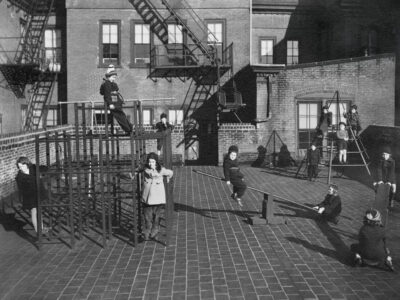Class of ’61 | For Phyllis Murray GEd’61, the Prince Edward County school lockout hit home, albeit from a distance. Having been born in Farmville, Virginia, where her parents, uncles, and cousins attended the all-black R.R. Moton High School, she was well aware that the school’s separate-but-unequal facility sparked a 1951 walkout that led to a lawsuit against the county schools, which in turn became part of Brown vs. Board of Education of Topeka, Kansas. Her grandfather’s house in the town would later be used by a delegation from the American Federation of Teachers sent by U.S. Attorney General Robert Kennedy in 1963 to ensure the opening of the newly integrated schools.
But by the time the students walked out in 1951, Murray (then 12 years old) and her parents were living in Mount Vernon, New York.
Though she wasn’t sorry to leave behind Farmville’s whites-only lunch counters or its “colored-only” movie-theater balcony, she soon found that the North had its own brand of Jim Crow. At her school’s modern-dance club, for example, Murray told the gym teacher that she’d like to teach one of the classes, which were then taught by four white students. When her teacher, after some months’ reflection, agreed, the original student instructors walked out. “I taught a wonderful dance class alone,” she says, and her students loved it.
Murray took part in a number of marches on Washington during her undergraduate years at Hunter College in New York, and later, as a graduate student at Penn, she helped undergraduates make placards to protest Woolworth’s hiring policies in Philadelphia. Today she is a writing-process teacher in the New York City public-school system and a chapter leader for the United Federation of Teachers.
“Fifty years after Brown vs. Board of Education, the New York City public schools and housing are still virtually segregated by economics,” Murray wrote in an article for New York Teacher. “When lobbying in Albany does not help, many teachers are forced to take out-of-pocket monies to create the proper classroom environments for their students. But despite their efforts, the schools become as poor as the neighborhood they serve.”
Brown vs. Board of Education, she concludes, “was merely a beginning.”—S.H.




